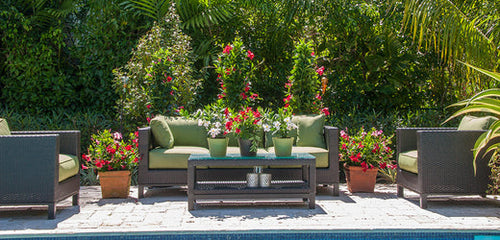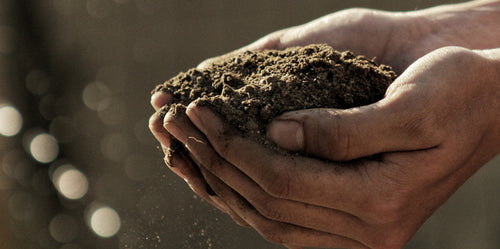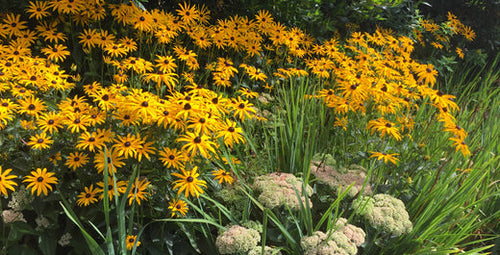 Do you have a favorite plant that you can’t live without? For me, it’s coleus. Once available only in multi-colored, shade-only forms, this super-easy plant now comes in a myriad of shapes, colors and sizes that thrive in both sun and shade. And what I like most about them is that their fantastic foliage looks great all the time. Unlike some other annuals, there’s no waiting for flowers to open because the coleus leaves looks terrific in pots, planters, window boxes or tucked around other annuals and perennials in the flower border.
Do you have a favorite plant that you can’t live without? For me, it’s coleus. Once available only in multi-colored, shade-only forms, this super-easy plant now comes in a myriad of shapes, colors and sizes that thrive in both sun and shade. And what I like most about them is that their fantastic foliage looks great all the time. Unlike some other annuals, there’s no waiting for flowers to open because the coleus leaves looks terrific in pots, planters, window boxes or tucked around other annuals and perennials in the flower border.
Two of my favorite coleus varieties are ‘Wasabi’, and ‘Redhead’, because they are absolutely stunning when planted in the same container and they flourish in the sun. Both grow about the same height and the combination of the chartreuse ‘Wasabi’ and the wine-colored ‘Redhead’ is simply stunning. I also love ‘Kong’ coleus for it’s giant, wildly patterned leaves that quickly brighten up the even the drabbest shade garden.
Coleus are a snap to grow, too. Start by reading the plant label to see if you have a shade-only variety or one of the newer models that thrive in sun or shade. That way, you can be sure you’ll be giving your plants the right light exposure in the garden. Then, plant your coleus in enriched soil and water whenever the soil feels dry to the touch. Coleus have few insect and disease problems, but they may wilt dramatically if they get too dry. Luckily, a quick drink from the watering can will quickly revive them.
Remember that coleus are tropical in nature and should be planted after all frost danger has passed in your area. In sunny spots, try using coleus in pots or beds by themselves or partner them with other heat-loving plants such as zinnia, marigold, verbena, celosia, canna, calibrachoa, or angelonia. In the shade garden mix coleus with caladium, begonia, impatiens, or polka dot plant.
Keep in mind that some coleus varieties can grow to 3 feet tall and wide so you may want to do an occasional trimming to keep them from overtaking their neighbors. Plus, giving coleus an occasional haircut will promote more bushy, compact growth. Depending on variety, your coleus may also send up narrow flower stalks of pale blue flowers in the late summer. It’s really a matter of personal preference if you keep the blooms on the plant or not. I will often snap the flowers off as they form just to keep the plants tidier.
When frost threatens in the fall, you can bring your potted coleus indoors and treat them as houseplants. Or just take a few cuttings, root them in water, and start fresh new plants for indoor use. I should also add that because coleus is so colorful and so easy, they make great plants for kids. I can still remember as a child being fascinated by watching the roots form on coleus cuttings in a jelly jar of water my Grandmother always seemed to have on our kitchen window.
Written by Doug Jimerson

















